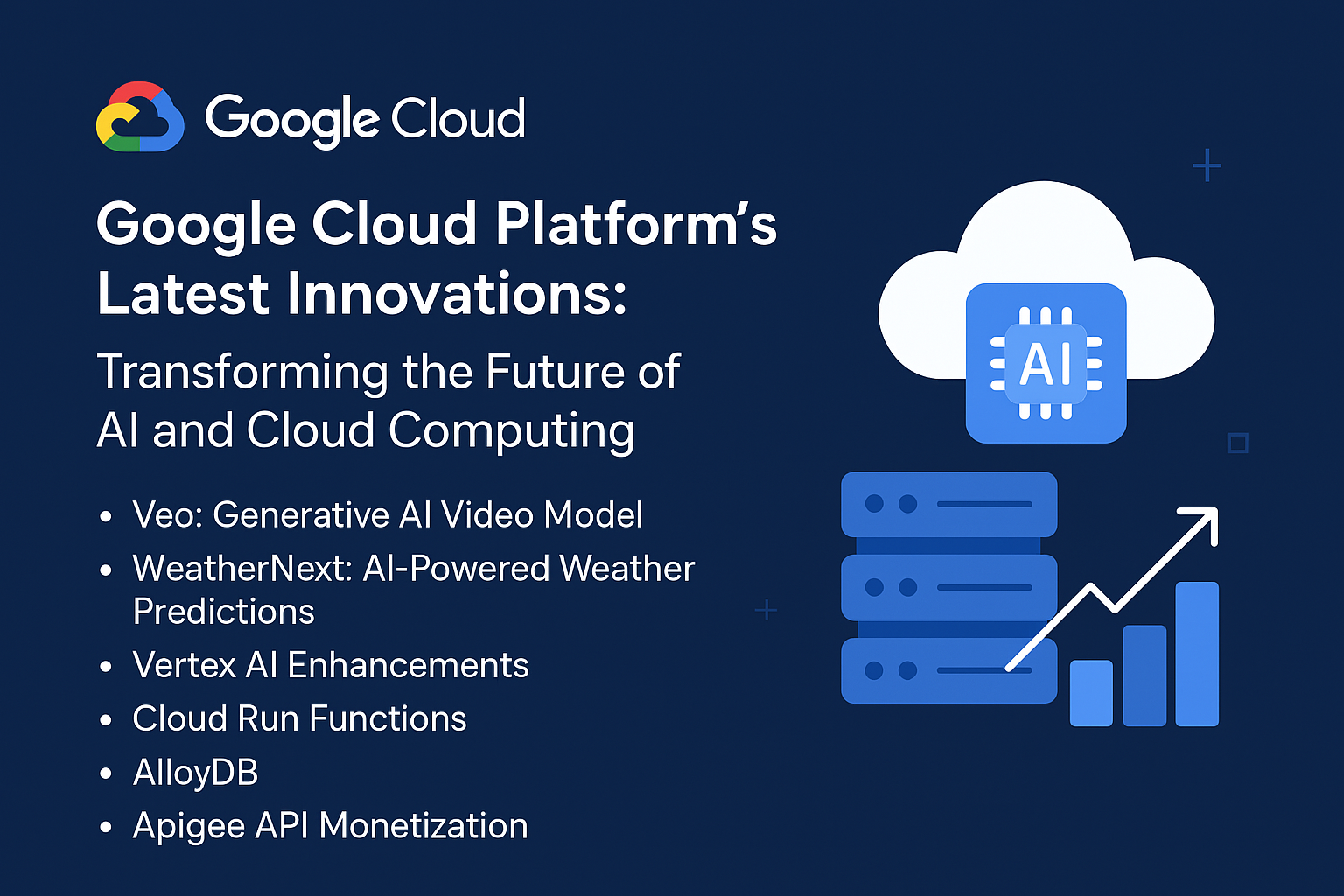The global shift towards electric vehicles (EVs) is not just transforming the automotive industry but also reshaping energy consumption patterns and infrastructure. As EV adoption accelerates, the need for smart charging infrastructure becomes increasingly critical. Central to this evolution is the integration of Artificial Intelligence (AI), which plays a pivotal role in managing energy demand and optimizing the overall efficiency of charging networks. This article delves into how AI is revolutionizing smart charging infrastructure for EVs, exploring its benefits, challenges, and future prospects.
Understanding Smart Charging Infrastructure
Smart charging infrastructure refers to an advanced network of EV chargers that utilizes technology to enhance the efficiency and convenience of charging. Unlike traditional charging setups, smart charging systems are designed to optimize energy usage, minimize costs, and integrate seamlessly with renewable energy sources.
Components of Smart Charging Infrastructure
- Charging Stations: These are the physical points where EVs are plugged in to recharge. Modern smart chargers often come with advanced features such as remote monitoring and real-time data analysis.
- Energy Management Systems (EMS): EMS oversees the distribution of energy within the charging network, ensuring that power is allocated efficiently based on demand and availability.
- Communication Protocols: These include V2G (Vehicle-to-Grid) and V2X (Vehicle-to-Everything) technologies that enable bidirectional energy flow between vehicles and the grid.
- Data Analytics Platforms: Platforms that collect and analyze data from various sources to make informed decisions about energy distribution and charging schedules.
AI’s Role in Smart Charging
AI is at the heart of smart charging infrastructure, providing solutions that enhance the efficiency and adaptability of charging systems. Here’s how AI contributes:
1. Predictive Analytics for Energy Demand
AI algorithms use historical data and real-time information to predict energy demand patterns. This helps in managing the grid more efficiently, reducing peak loads, and optimizing charging schedules.
- Resource: How AI is Transforming Energy Demand Forecasting (PDF)
2. Dynamic Pricing and Load Management
Dynamic pricing algorithms adjust the cost of charging based on demand, time of day, and grid conditions. AI can analyze these variables in real-time to set optimal prices, encouraging users to charge during off-peak hours and thus balancing the load on the grid.
- Resource: Dynamic Pricing in Energy Markets (PDF)
3. Smart Grid Integration
AI facilitates the integration of EVs into the smart grid by managing the flow of energy between vehicles and the grid. This includes Vehicle-to-Grid (V2G) technology, which allows EVs to return stored energy to the grid during peak times.
- Resource: Smart Grid Technologies and Their Applications (PDF)
4. Optimization of Charging Stations
AI can optimize the placement and number of charging stations based on traffic patterns, user behavior, and geographical data. This ensures that charging infrastructure is effectively distributed to meet user needs.
- Resource: Optimizing Charging Infrastructure with AI (PDF)
5. Real-Time Monitoring and Maintenance
AI-powered systems continuously monitor the health of charging stations, predicting potential failures and scheduling maintenance before issues become critical. This reduces downtime and improves user experience.
- Resource: Predictive Maintenance in EV Charging (PDF)
Benefits of AI-Driven Smart Charging
1. Improved Efficiency
AI enhances the efficiency of energy use in smart charging systems by predicting demand and optimizing charging schedules. This reduces energy waste and ensures that resources are used effectively.
2. Cost Savings
Dynamic pricing models powered by AI can lead to significant cost savings for users. By charging during off-peak hours, users can benefit from lower rates and reduce their overall energy expenses.
3. Enhanced User Experience
AI-driven systems provide real-time updates and recommendations to users, improving their overall experience. Features such as smart notifications and predictive maintenance contribute to a more seamless and reliable charging process.
4. Environmental Benefits
By optimizing charging schedules and integrating renewable energy sources, AI helps reduce the carbon footprint of EV charging. This contributes to a cleaner and more sustainable energy ecosystem.
Challenges and Considerations
1. Data Privacy and Security
The integration of AI in smart charging involves the collection and analysis of large amounts of data. Ensuring the privacy and security of this data is crucial to protect users from potential breaches and misuse.
- Resource: Data Privacy in Smart Charging Systems (PDF)
2. Interoperability
Different EVs and charging stations may use various communication protocols, making interoperability a challenge. AI systems need to be designed to handle diverse standards and ensure seamless integration.
- Resource: Interoperability Challenges in EV Charging (PDF)
3. Infrastructure Investment
The initial investment required to deploy AI-driven smart charging infrastructure can be substantial. However, the long-term benefits and cost savings often outweigh the initial expenses.
- Resource: Investing in Smart Charging Infrastructure (PDF)
4. Technological Complexity
Implementing and maintaining AI-powered systems can be complex, requiring specialized knowledge and expertise. Organizations must invest in training and support to effectively leverage these technologies.
- Resource: Challenges in AI Implementation for Energy (PDF)
Future Prospects
As technology continues to evolve, the role of AI in smart charging infrastructure will become even more significant. Emerging trends include:
1. Enhanced AI Algorithms
Future AI algorithms will become more sophisticated, allowing for even more precise predictions and optimizations. This will lead to further improvements in efficiency and user experience.
2. Integration with Autonomous Vehicles
The convergence of autonomous vehicles and smart charging infrastructure will create new opportunities for optimizing energy use and managing charging needs dynamically.
3. Expansion of Renewable Energy Integration
AI will play a crucial role in integrating renewable energy sources into the charging infrastructure, promoting sustainability and reducing reliance on fossil fuels.
4. Global Standardization
Efforts towards global standardization of communication protocols and charging standards will facilitate interoperability and streamline the deployment of smart charging infrastructure.
Conclusion
AI is revolutionizing smart charging infrastructure by enhancing efficiency, reducing costs, and promoting sustainability. As the adoption of EVs continues to grow, the integration of AI will be essential in managing energy demand and optimizing the charging experience. While challenges remain, the benefits of AI-driven smart charging systems far outweigh the hurdles, paving the way for a more efficient and sustainable energy future.
For further reading and resources, you can explore the following links:
- Smart Charging Infrastructure and AI (PDF)
- The Future of EV Charging and AI (PDF)
- Innovations in Energy Management Systems (PDF)
By staying informed and engaged with these advancements, we can contribute to a more sustainable and efficient energy ecosystem, ensuring that the transition to electric vehicles benefits both users and the environment.
Frequently Asked Questions (FAQs) about Smart Charging Infrastructure and AI
1. What is smart charging infrastructure?
Smart charging infrastructure refers to an advanced network of electric vehicle (EV) chargers that utilize technology to optimize energy usage, improve charging efficiency, and integrate with renewable energy sources. Unlike traditional charging systems, smart chargers are equipped with features such as real-time data analysis, dynamic pricing, and energy management systems (EMS) to enhance the overall charging experience.
2. How does AI contribute to smart charging infrastructure?
AI enhances smart charging infrastructure by:
- Predictive Analytics: AI uses historical and real-time data to forecast energy demand and optimize charging schedules.
- Dynamic Pricing: AI algorithms adjust the cost of charging based on factors like grid demand and time of day.
- Smart Grid Integration: AI manages energy flow between EVs and the grid, including Vehicle-to-Grid (V2G) technologies.
- Optimization: AI helps in placing and managing charging stations effectively based on traffic patterns and user behavior.
- Real-Time Monitoring: AI continuously monitors charging stations, predicting maintenance needs and minimizing downtime.
3. What are the benefits of AI-driven smart charging systems?
AI-driven smart charging systems offer several benefits:
- Improved Efficiency: AI optimizes energy use, reducing waste and ensuring efficient resource allocation.
- Cost Savings: Dynamic pricing can lead to lower charging costs by encouraging usage during off-peak hours.
- Enhanced User Experience: Real-time updates and predictive maintenance contribute to a more reliable and convenient charging experience.
- Environmental Benefits: AI helps integrate renewable energy sources and reduces the carbon footprint of EV charging.
4. What challenges are associated with AI in smart charging infrastructure?
Some challenges include:
- Data Privacy and Security: Ensuring the protection of large volumes of data collected from users and charging stations.
- Interoperability: Managing diverse communication protocols and ensuring seamless integration between different EVs and charging systems.
- Infrastructure Investment: The high initial cost of deploying AI-driven smart charging systems.
- Technological Complexity: The need for specialized knowledge and expertise to implement and maintain AI systems.
5. How does dynamic pricing work in smart charging?
Dynamic pricing involves adjusting the cost of charging based on factors like grid demand, time of day, and energy availability. AI algorithms analyze these variables in real-time to set optimal pricing, encouraging users to charge during off-peak hours and helping balance the load on the grid.
6. What is Vehicle-to-Grid (V2G) technology?
Vehicle-to-Grid (V2G) technology allows electric vehicles to return stored energy to the grid during peak demand periods. This bidirectional flow of energy helps stabilize the grid and can provide additional revenue streams for EV owners.
7. How can AI help in optimizing the placement of charging stations?
AI analyzes data on traffic patterns, user behavior, and geographical information to determine the optimal locations for charging stations. This ensures that infrastructure is effectively distributed, meeting user needs and maximizing accessibility.
8. What role does AI play in predictive maintenance for charging stations?
AI-powered systems monitor the health of charging stations in real-time, predicting potential failures and scheduling maintenance before issues become critical. This proactive approach reduces downtime and enhances the reliability of the charging infrastructure.
9. How can I ensure my data privacy with smart charging systems?
To protect data privacy, ensure that the smart charging system you use follows industry standards and regulations for data security. Look for systems with robust encryption, secure data storage, and transparent privacy policies.
10. What are the future trends in AI for smart charging infrastructure?
Future trends include:
- Enhanced AI Algorithms: More advanced algorithms will lead to better predictions and optimizations.
- Integration with Autonomous Vehicles: Combining autonomous driving with smart charging for dynamic energy management.
- Expansion of Renewable Energy Integration: Further integration of renewable energy sources into the charging infrastructure.
- Global Standardization: Efforts to standardize communication protocols and charging standards for improved interoperability.
For further information on these topics, you can explore the following resources:
- Smart Charging Infrastructure and AI (PDF)
- The Future of EV Charging and AI (PDF)
- Innovations in Energy Management Systems (PDF)
These FAQs aim to provide a clearer understanding of how AI is revolutionizing smart charging infrastructure and what you can expect as technology continues to evolve.

